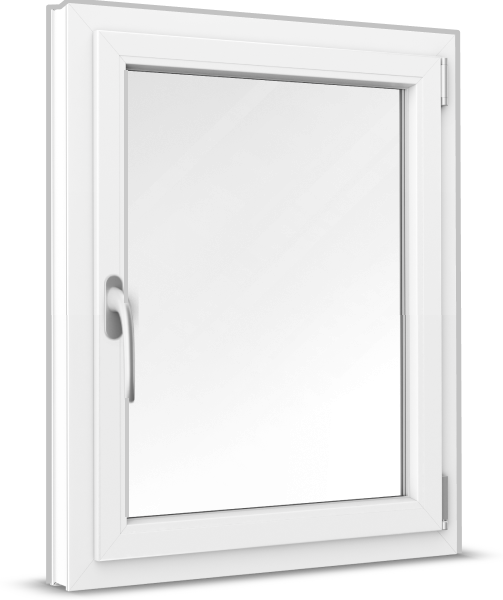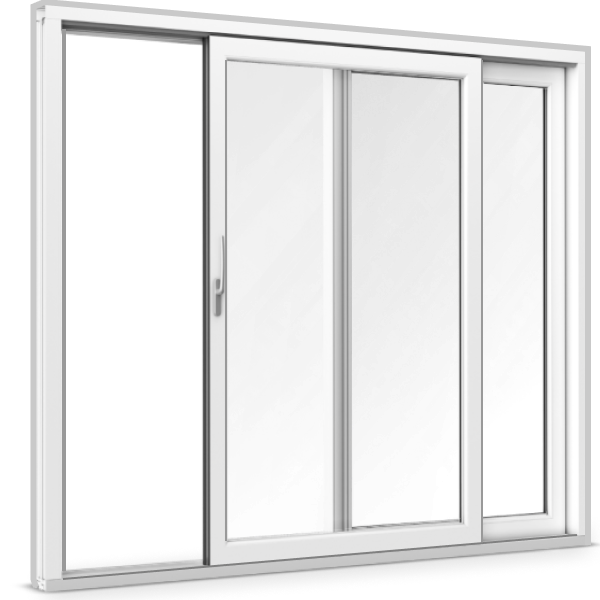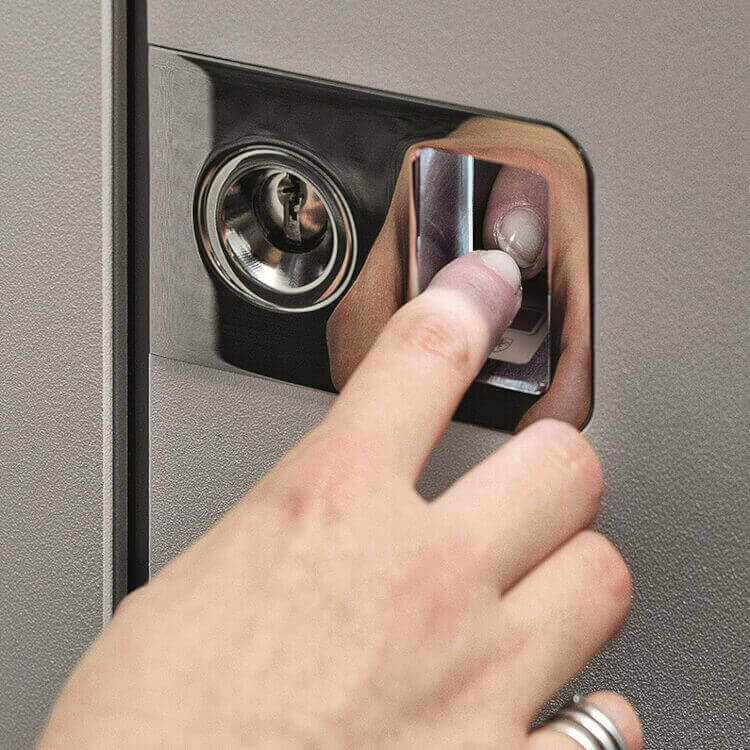-
Windows
 Windows
Windows
-
French Doors
 French Doors
French Doors
-
Patio Doors
 Patio Doors
Patio Doors
-
Front Doors
 Front Doors
Front Doors
-
Roller Shutters
 Roller Shutters
Roller Shutters
-
Window Sills
 Window Sills
Window Sills
-
Sign in
Contact us
A front door with an electronic lock ensures ease of operation and maximum security. At windows24.com, a range of options are available to perfectly suit different budgets and priorities. A sleek fingerprint handle opening option personalises entry and can contribute to sleek design in being grooved into a bar, for example. A combination lock mechanism, on the other hand, can be ideal for blocks of flats where more people come and go. Explore the options further by reading below.
Configure nowAn electric opener unlocks the lock striker plate on the front door via an electromagnetic signal. This method is suitable for controlling access to buildings and properties. E-openers on a front door are usually combined with an intercom system, fingerprint openers or combination locks. Guests ring the bell like usual and can report via the intercom. Residents or gatekeepers in public buildings or companies can open the front door using a button without having to go to the front door.
With the fingerprint scanner security feature, no key is required and only people who have a fingerprint stored in the system or who know the code are granted access. With the integrated daytime latch, you can also set the door to "open access" with just one movement. This means the door can be easily used without a key or code.
An electric door opener ensures that you can open your front door remotely. The lock striker plater is controlled via a button that operates the electromagnet. The magnet moves a rotor that releases a spring-loaded striking plate. This ultimately unlocks the lock latch. If the control circuit is at any time interrupted, the striking plate is pushed back into the starting position by the spring. When the door is closed, the lock latch moves back over the striking plate. The latch is then pushed into position by the plate; technically speaking, it is locked.
The electrical trigger for the mechanism can come from different sources, e.g. from an intercom, fingerprint device or radio system.
An electric opener can be operated using a working current or quiescent current. Fail-locked models only unlock the front door when the circuit is closed. You cannot unlock the door in the event of a power failure. Quiescent current models unlock the door even if the circuit is broken. They are therefore ideal for escape doors. Both types of electric openers are suitable for left- and right-opening doors.




An electric door opener can be used for a wide variety of purposes. It is typically used in the following areas:
An electric door opener is practical for private homes and allows you to easily open the door to guests and visitors. An electric door opener is also a good choice for commercial entrances. For example, it makes everyday life easier for the porter when customers, visitors, suppliers, etc. need access to the building.
If you want an electric door opener to be retrofitted to an existing door system, this is technically possible, but it involves a great deal of construction work. Installation costs vary depending on the location and structural conditions. Retrofitting is less tricky in a detached house than on the upper floor of an apartment building. In principle, retrofitting an electric opener is recommended for new doors due to the high effort involved.
In any case, a power cable or bell wire must be fed from the intercom – if you do use one – to the door. The previous closing mechanism is replaced by a lock with an electromagnet. This allows the front door to be unlocked at the touch of a button.